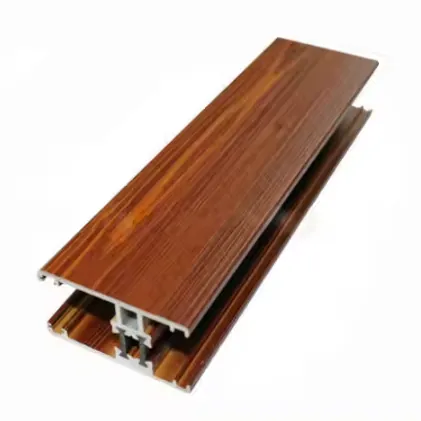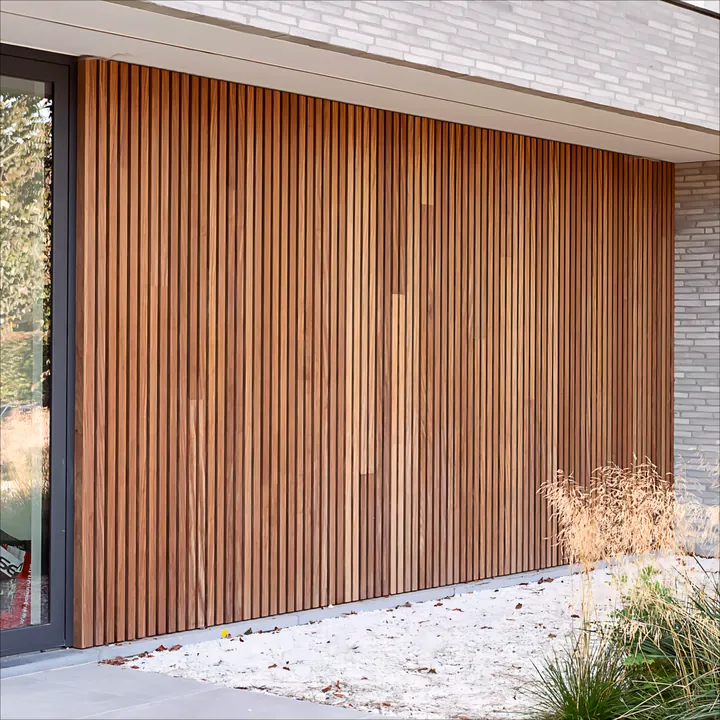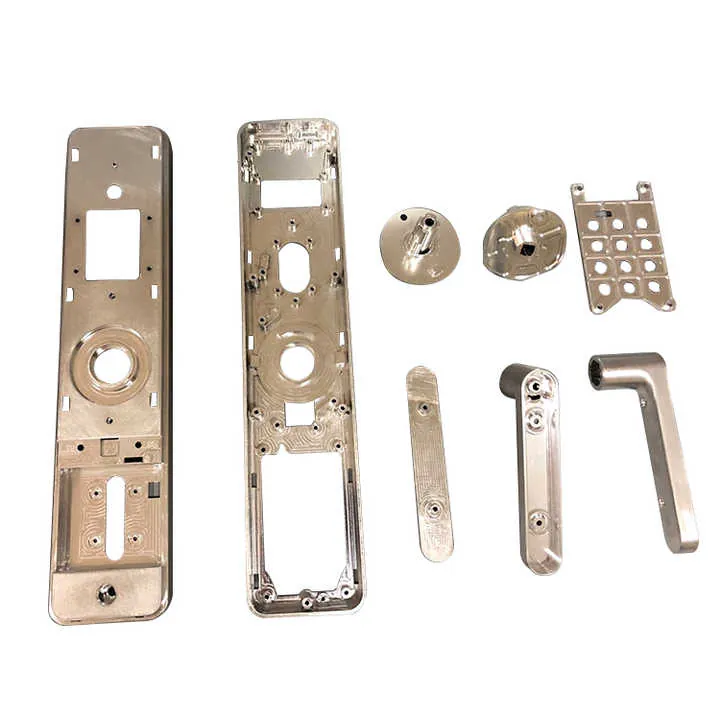Do You Need Corner Bead for Drywall?

Drywall installation looks simple-until you hit a corner. That’s where things can crack, crumble, or look unprofessional.
Yes, you need corner bead for drywall. It protects outside edges, makes corners straight, and helps create a professional, durable finish that holds up over time.
It might feel like an optional detail, but once you understand what corner bead does-and how easy it is to use-you’ll never skip it again. Let’s explore the role of corner beads, types available, and how to apply them properly.
What Is a Corner Bead Used for in Drywall?
Drywall is made of gypsum sandwiched between paper. It’s strong in large sheets but weak at the edges-especially at corners. That’s where corner bead steps in.
Corner bead is used to protect the fragile edges of drywall where two sheets meet at a 90-degree angle. It creates straight, clean corners and prevents chipping or cracking.

When two drywall boards meet at a corner, the joint is vulnerable. Without reinforcement, normal wear and tear can quickly cause damage. Corner bead acts as armor.
Benefits of Using Corner Bead:
- Impact resistance: Doors, bags, furniture-everything bumps into corners.
- Clean appearance: Sharp, consistent edges are hard to achieve without a guide.
- Support for compound: It gives a foundation for joint compound to adhere and feather smoothly.
- Increased lifespan: Protects against cracks and reduces the need for repairs.
There are two main kinds of corners in drywall:
| Corner Type | Typical Treatment |
|---|---|
| Outside (external) corners | Always use corner bead |
| Inside (internal) corners | Use paper tape or inside corner bead |
So, corner beads are essential in every drywall job-not for beauty alone, but for strength and long-term performance.
Corner bead is used to reinforce and protect outside drywall corners.True
Corner bead helps prevent damage and ensures a clean finish on external corners.
Corner bead is mostly used for internal wall corners.False
Internal corners typically use tape, not corner bead. Corner bead is for outside corners.
What Types of Corner Bead Exist?
If you’ve only seen metal corner bead, you’re not alone. But there are many types-each with specific strengths.
Corner bead comes in different materials (metal, vinyl, paper-faced) and shapes (sharp, bullnose, flexible) to match different needs and designs.

By Material:
| Material | Features | Pros | Cons |
|---|---|---|---|
| Metal | Traditional choice | Strong, crisp finish | Can rust, dents easily |
| Vinyl | Plastic or PVC | Rust-free, flexible | Can be hard to cut cleanly |
| Paper-faced | Metal core with paper wings | Blends better, fewer fasteners needed | Sensitive to moisture during install |
By Shape:
| Shape/Type | Description |
|---|---|
| Standard 90° | Straight, square edges for modern look |
| Bullnose | Rounded edges for a softer aesthetic |
| Chamfer | Angled edge for a more contemporary feel |
| Flexible / Arch Bead | Bends around curves or arches |
| Inside Corner Bead | Reinforces inside corners, though less common |
| J-Bead / L-Bead | For clean termination of drywall against windows or masonry |
| Expansion Beads | Allow movement in large surfaces or seismic zones |
When to Use Which?
- For homes with kids and pets: Use bullnose or vinyl-less risk of sharp injury or damage.
- For modern, sharp finishes: Use metal or paper-faced straight beads.
- For moisture-prone areas: Avoid metal; choose vinyl.
- For curved walls: Use flexible vinyl arch beads.
There are both straight and curved corner bead options for different drywall applications.True
Drywall corner bead comes in various profiles, including arch and bullnose types.
All drywall corner beads are made of metal and form 90-degree angles.False
Corner beads also come in vinyl, paper-faced, bullnose, and flexible profiles.
Can You Install Drywall Without Corner Bead?
This is a common question-especially from DIYers trying to cut corners or reduce costs. But let’s be honest.
Technically, you can install drywall without corner bead, but it’s a bad idea for outside corners. These unprotected edges are likely to chip, crack, or wear down quickly.

Inside vs Outside Corners:
| Corner Type | Corner Bead Required? | Typical Alternative |
|---|---|---|
| Outside Corner | Yes | None recommended |
| Inside Corner | Optional | Paper tape or inside corner bead |
If you skip the bead on outside corners, expect:
- Uneven edges
- Frequent touch-ups
- Poor durability
- Frustrating sanding
In high-end finishes or commercial jobs, skipping bead is not acceptable. Even for DIY repairs, it’s best to apply the right bead-it’s a small investment with huge payoff in performance.
Real-World Advice:
- If you’re working in a garage or basement: Don’t skip it. You’ll regret it when someone bumps into the wall.
- If you’re remodeling a rental: Use paper-faced for speed and smooth blending.
- If cost is the issue: Vinyl beads are affordable and won’t rust.
Drywall can be installed without corner bead, but the corners may be easily damaged.True
Corner bead reinforces the fragile edge where two sheets meet at a 90° angle.
Corner bead is never needed and only affects appearance.False
Corner bead affects both appearance and durability. It prevents damage to drywall edges.
How Do You Finish Corner Bead Neatly on Drywall?
Getting a neat, finished look with corner bead requires patience, technique, and the right materials. Rushing this step can ruin the entire look of your drywall.
To finish corner bead neatly, you need to secure it properly, apply joint compound in thin, even layers, and sand smooth between coats.

Step-by-Step Process:
-
Measure and Cut
Use tin snips or a utility knife to cut bead to exact wall height. -
Attach the Bead
- Metal: Secure with drywall nails, screws, or staples.
- Vinyl: Use spray adhesive and staples or nails.
- Paper-faced: Embed in joint compound like tape.
-
First Coat of Mud
Use a 6" knife. Apply compound evenly, covering flanges but not overloading. Feather edges out. -
Second Coat
Use a 10" or 12" knife. Extend wider than the first coat. Smooth and level. Let dry. -
Final Coat (Optional)
Apply final skim to remove imperfections. -
Sand and Touch Up
Use 150-220 grit paper lightly. Don’t sand into the bead. -
Prime and Paint
Always prime drywall before painting, especially over compound.
Pro Tips:
- Use a corner trowel for faster results.
- Don’t overload mud. Thin coats are easier to blend.
- Use a light to spot defects before sanding.
Table: Tools You’ll Need
| Tool | Purpose |
|---|---|
| Tin snips | Cut metal bead cleanly |
| 6", 10", 12" knives | Apply and feather compound |
| Corner trowel | Smooth both sides of bead simultaneously |
| Sanding sponge | Lightly smooth after drying |
| Primer | Prepares compound for paint |
Finishing drywall corners isn’t hard-it just takes practice. If you take your time and follow the process, the results will be clean, strong, and professional.
To finish corner bead neatly, apply joint compound in thin coats and sand between layers.True
This method ensures smooth, even coverage without visible seams.
The best way to finish corner bead is to paint directly over it without compound.False
Joint compound must be applied and feathered before priming and painting.
Conclusion
Corner bead might seem like a minor part of drywall work, but it makes a huge difference. From protecting fragile edges to giving your walls a clean, professional look, it’s essential-especially for outside corners.
Whether you choose metal, vinyl, or paper-faced, applying corner bead the right way will save you time, frustration, and future repairs.



